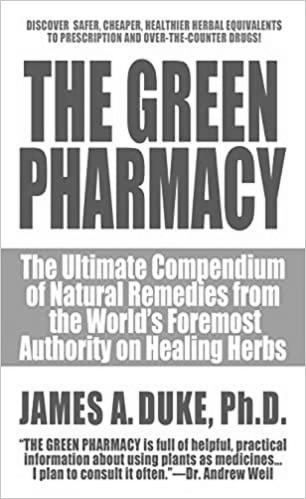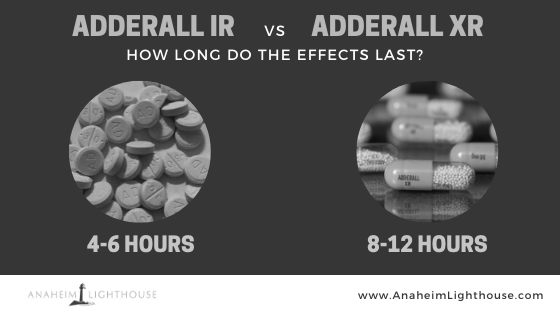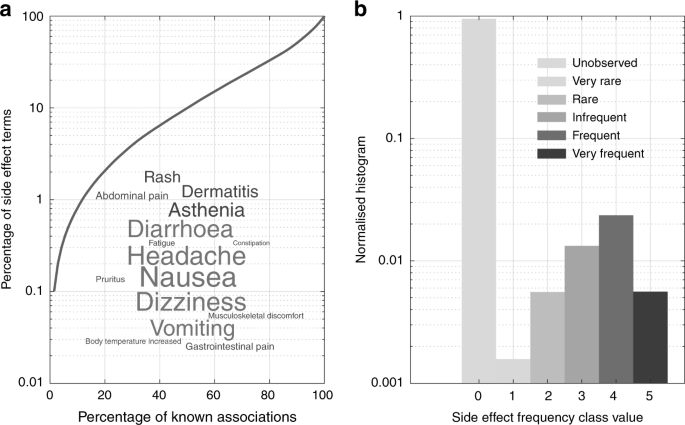MD pharmacology is a useless degree if you are not planning to become a doctor. There are a few reasons why you should not pursue it. The first one is that the knowledge you will get from it is not enough to become a doctor. Experience will help you improve your knowledge in the field.
Part-time pharmacology is a junk degree
Despite its reputation as a “junk degree,” MD pharmacology is a career that can lead to a great number of job opportunities. This profession is growing fast, with opportunities in the pharmaceutical industry, Clinical Research Organizations, and regulatory consulting. However, the training program for MD pharmacology needs to be revamped to reflect these new opportunities and the unique nature of this degree. For example, the curriculum should include input from experienced pharmacologists and students.
MD pharmacology is not a doctor
Obtaining an MD in pharmacology is a great choice if you’re seeking a career in medicine. Not only will you gain a wealth of knowledge, but you’ll also open the door to many exciting new opportunities. A career in this field requires a diverse set of skills including problem-solving, leadership, and communication.
The goal of MD Pharmacology is to teach the rational basis of therapeutics, using the basic and clinical sciences. These sciences are critical in drug discovery, clinical trials, and pharmacovigilance. After completing the degree, pharmacologists can work in academia, the pharmaceutical industry, government research institutes, or regulatory bodies. They can also become science managers and scientific writers.
Graduate study in pharmacology and toxicology is highly individualized, with each student pursuing a program that matches their interests. The program focuses on building the skills required for independent scholarship and research, as well as on the career goals of an M.D.-Ph.D. physician-scientist.
Part-time pharmacology is not a doctor
If you are interested in a career in pharmacology, you will most likely need a Doctor of Pharmacy degree, or Pharm.D. However, there are some people who are confused about the difference between a Doctor of Pharmacy degree and a Pharm.D. In order to get a doctorate degree in pharmacology, you must complete a doctorate degree program. To learn more, you can search Google for “Pharm.D.” to see what you can find.
A DPhil in pharmacology takes four years and is typically required for a scientific career in pharmaceutical research. The program is part of a multidisciplinary, world-renowned department that is ranked number one in the field. Since 2019, the department has been ranked number one by subject in the QS World Ranking. The curriculum is highly varied, and students can choose from a wide range of topics, including cardiovascular pharmacology, neuropharmacology, and medicinal chemistry.
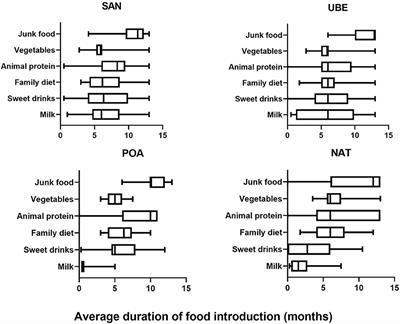
Another option is to complete a master’s degree in pharmacology. A master’s degree can help you gain a comprehensive overview of the field, which will allow you to specialize in a specific area of the field. After earning a master’s degree, you can pursue dozens of career options. While many graduates pursue research in a wet lab, others choose to work for biotech companies. And still others choose to apply their knowledge outside the bench.
Pharmacognosy is the study of the biological effects of plants and their metabolites. Its scope also includes the study of parasites and fungi. Pharmacognosy is a vital discipline in the life sciences. The study of plant metabolites can lead to new discoveries and innovations.
pharmacognosy
Pharmacognosy is the study of drugs and their mechanisms of action. Its roots are in the earliest history of human existence. It is a multidisciplinary field, and its main branches include the study of herbs and their therapeutic effects, as well as drug discovery from natural products. Other branches of pharmacology include herbal therapy and phytopharmaceuticals.
The 19th century saw the rise of synthetic chemistry and analytical chemistry. In combination with pharmacognosy, they contributed to the Materia medica, or medical catalog. The earliest synthetic drugs were isolated from medicinal plants, including morphine, quinine, and emetine. Drug development accelerated after Wohler’s discovery of urea. However, the study of biogenic materials was difficult because it required careful identification and isolation. But with the development of instrumentation, this process became easier, and controlled synthesis was developed.
Pharmacognosy has a long and colorful history. Historically, its roots go back thousands of years. The first recorded mention of it dates back to the 13th century, when the physician Dioscorides outlined the medicinal properties of plants in his Materia Medica. Later, in 1811, an Austrian physician, Schmidt, used the term “pharmacognosy” to describe the study of plant medicines.
Pharmacognosy is the study of plants and their secondary metabolites. It is also closely related to botany and plant chemistry. Its scope, however, has broadened. Other definitions of pharmacognosy draw upon a variety of biological topics, such as the study of marine organisms and their chemical products.
Dioscorides is considered the father of pharmacognosy. His De Materia Medica, which was the primary resource in Europe until the Late Middle Ages, describes 650 plants and their therapeutic effects. It also describes the sources and preparation methods. Galen, another early Greek physician, worked to develop new medicines from plants. He also catalogued 550 different species of plants and their effects.
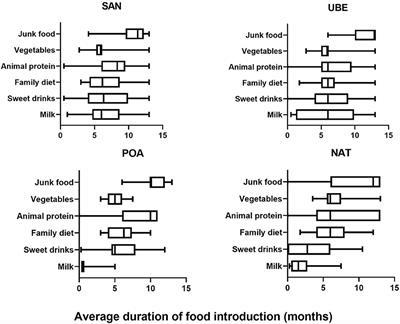
pharmacology
Pharmacognosy and pharmacological sciences are two different fields, but both are essential for modern pharmacists. In fact, these sciences have been responsible for the discovery of many important drugs, including the Nobel Prize-winning quinghaos-artemisinin. In addition, both sciences are dynamic and adaptable to the rapidly changing academic world.
The two disciplines are closely interrelated. However, pharmacognosy is not usually taught as a separate course in pharmacy. In some countries, pharmacognosy is incorporated into other disciplines. Some examples include herbal therapy, phytopharmaceuticals, and natural medicines.
Pharmacognosy focuses on the study of natural drugs. Pharmacology, on the other hand, focuses on drugs that come from plants and animals. A reference book that covers both fields is Miller-Keane Encyclopedia, an imprint of Elsevier.
Pharmacognosy studies the chemical, biological, and physical properties of medicinal plants. The goal of pharmacognosy is to find out what makes medicinal plants effective. Then, it is possible to design better drugs. In addition, pharmacognosy also studies the side effects of drugs.
Plant metabolites
Pharmacognosy is a branch of science that deals with natural products. Its roots go back to the ancient Greek physician Dioscorides, whose Materia Medica described the medicinal properties of different plants. The field of pharmacognosy is now a distinct subfield of pharmaceutical science, with roots dating back to the thirteenth century.
Although pharmacognosy is not typically taught in the pharmacy curriculum, it is often taught in other disciplines such as botany, herbal medicine, and natural medicine. In addition, the field is gaining recognition as a field of study that can help discover new drugs from plants and their metabolites.
Today, pharmacognosy is an important aspect of pharmacy education. It provides basic skills that future pharmacists need, such as knowledge of medicinal plants and herbal medicines. In fact, the European Scientific Cooperative on Phytotherapy (ESCP) considers it a core competency of academic education. However, it warns that if the focus is too narrowly on chemical drugs and the latest scientific trends, students would be missing out on essential plant knowledge and the ability to identify and synthesize natural products.
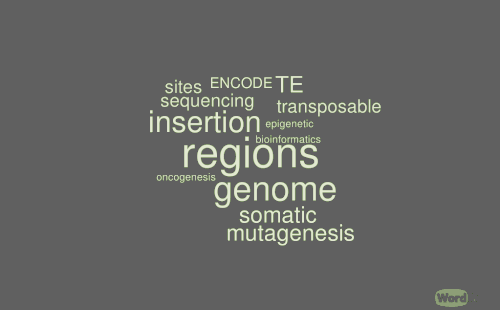
There are several approaches that have been developed for the identification of natural products and metabolites from plants. One such tool is METLIN, which is a high-resolution MS/MS database with a fragment similarity search function. This is particularly useful for identifying unknown compounds. Another powerful tool is Compound Structure Identification (CSI) FingerID. This is a method that combines LC-MS and phylogenomic analyses to identify unique biosynthetic gene clusters.
Sub-disciplines of pharmacognosy
Pharmacognosy is one of the oldest pharmaceutical disciplines. It focuses on discovering new medicines using natural products. Its sub-disciplines include phytopharmaceuticals, herbal medicine, and natural products. Today, pharmacognosy has become one of the most important pharmaceutical entities.
Pharmacognosy is derived from the Greek words pharmakon and gnosis, meaning “knowledge of drugs.” This field focuses on studying the biological, chemical, and physical properties of natural products, especially drugs. It also deals with the identification and synthesis of new drugs from natural sources.
The field of pharmacognosy dates to the 18th century. Johann Adam Schmidt published the first scientific work on phytomedicine in 1811, Lehrbuch der Materia Medica. In fact, phytomedicines date back to the prehistoric era, thousands of years before the development of modern medicine. Some researchers believe that ancient Egyptians were the first pharmacognosists.
Early pharmacognosy was based on the work of Dioscorides. His book De Materia Medica compiled 650 herbal medicines with their therapeutic properties and their collection, preparation, and appearance. Later, Galen wrote on the therapeutic effects of plants, identifying 550 species of plants and their uses.
Relevance to pharmacy
Although it is often considered as an ancient discipline, pharmacognosy is currently being discussed and reviewed in pharmaceutical faculties as a vital part of the educational process. Modern pharmacists should be aware of this subject because it is the foundation of many important drugs, some of which have won Nobel Prizes. In addition, pharmacognosy is vital for drug synthesis procedures, and it can help to develop modified structures of natural substances.
The roots of pharmacognosy are as ancient as humankind itself. They have been used to study plants and medicines for centuries. In fact, many of the most widely used drugs were originally found in medicinal plants. For instance, the earliest known drug, salicylic acid, was discovered through the process of synthesis. Pharmacognosy has also been vital in the discovery of new drugs.
The first reference to pharmacognosy was in the works of Johann Adam Schmidt, an early 19th century physician. He had written a book called De Materia Medica, which describes more than 650 herbal medicines. It includes information on the medicinal properties of herbs and their collection and preparation methods. This book was based on the works of Dioscorides and Galen, who were interested in developing new drugs from plants.
Pharmacognosy is an important tool used by pharmaceutical companies to characterize new drugs. Since naturally occurring drugs cannot be mass produced, they must undergo extensive study before they can be synthesized and used. This process allows for modifications, turning crude plant extracts into highly effective drugs.

